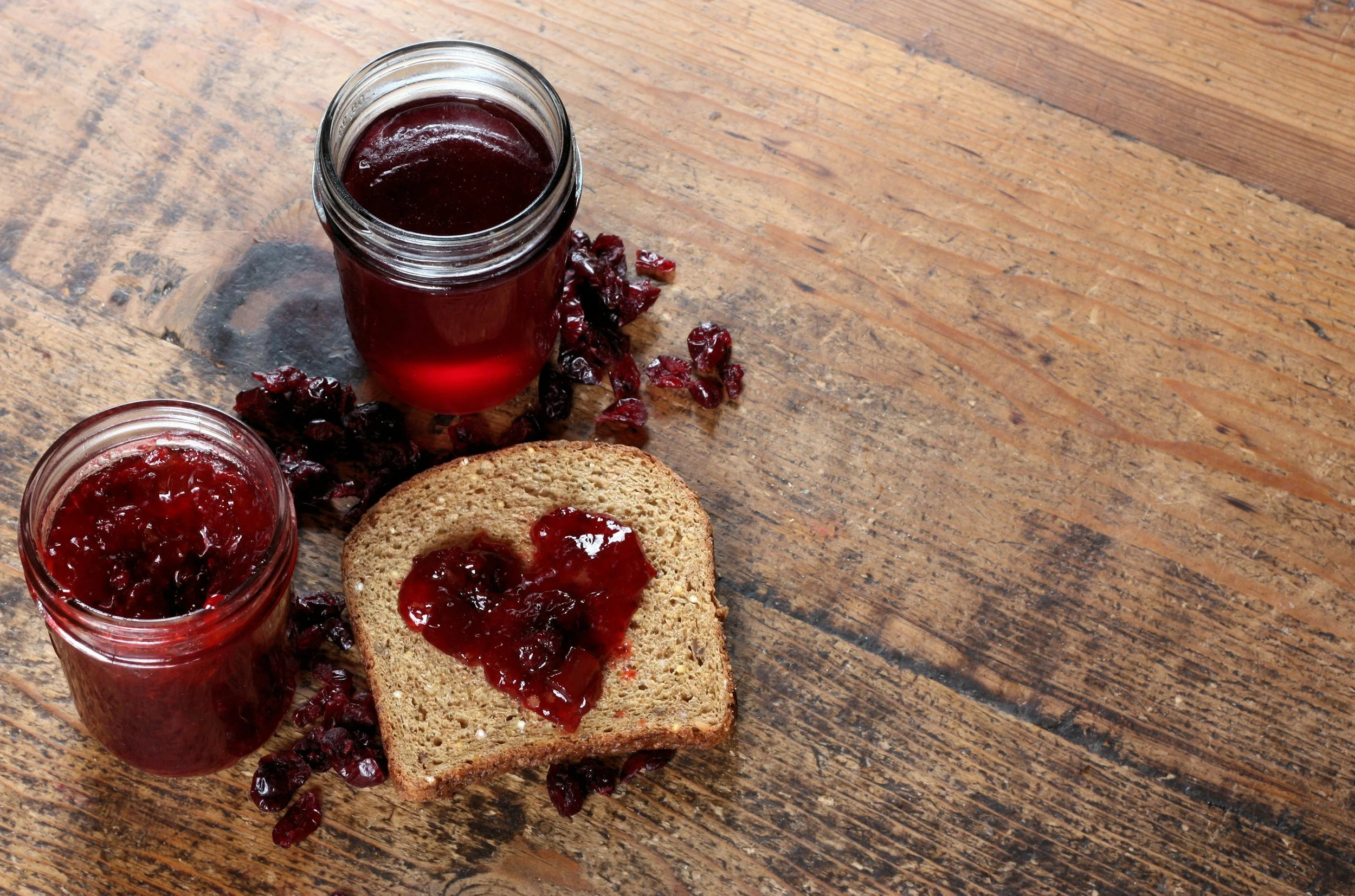Canning Your Summer Bounty: Preserve the Freshness for Fall & Winter Meals
By Davidson County Local Food Network
As the hot summer days fade into the cooler months, there’s nothing quite like enjoying the vibrant, sun-kissed flavors of summer long after the season has passed. One of the best ways to keep that summer taste alive is through canning and preserving your favorite summer produce. Canning is a simple, sustainable way to store fruits and vegetables, making sure that you can enjoy your homegrown or farmer’s market finds long into the winter. In today’s blog post, we’ll cover how to can cucumbers for pickles, preserve summer tomatoes, freeze spinach for smoothies, and save carrot tops for future culinary adventures. Let’s dive into the basics of canning and preserving, so you can stock up on fresh flavors and make the most out of your summer bounty!
Canning Cucumbers for Pickles: A Tangy Treat for Year-Round Enjoyment
Cucumbers are a classic summer vegetable, and they’re one of the easiest to preserve through canning. Whether you like them spicy, sweet, or dill-flavored, pickling cucumbers is a fantastic way to enjoy this refreshing vegetable months after the growing season ends. To get started, you’ll need fresh, firm cucumbers (pickling varieties work best), pickling spices (dill, garlic, mustard seeds, etc.), vinegar (white vinegar or apple cider vinegar), salt (non-iodized, like pickling or kosher salt), water, canning jars and lids, and a large pot for boiling water. Begin by washing the cucumbers thoroughly and cutting off the ends. You can slice them into rounds, spears, or leave them whole, depending on your preference. In a large saucepan, combine equal parts vinegar and water (about 1 cup each for every 2 cups of cucumbers). Add 1 tablespoon of salt per cup of vinegar. Bring to a boil and stir to dissolve the salt. Sterilize your canning jars by boiling them or running them through the dishwasher. Once clean, pack your cucumbers into the jars with your desired spices—garlic cloves, dill, mustard seeds, or any pickling spices you enjoy. Carefully pour the hot brine over the cucumbers, making sure to cover them completely. Leave about half an inch of space at the top of the jar to allow for expansion during sealing. Place the sterilized lids on the jars and process them in a hot water bath for 10-15 minutes to ensure a proper seal. Let the jars cool at room temperature. Once sealed, store them in a cool, dark place. They’ll be ready to eat in about 2 weeks and can last for up to a year when stored properly.
Preserving Tomatoes for Sauces and Soups: A Summer Essential in the Winter
Tomatoes are one of the most versatile summer vegetables, and canning them into sauces, salsas, or just plain crushed tomatoes can save you time during winter cooking. For this process, you’ll need fresh, ripe tomatoes (Roma or paste varieties are ideal for sauces), lemon juice (for acidity, ensuring proper preservation), salt (optional, depending on your preference), canning jars and lids, and a large pot for boiling water. Start by washing your tomatoes and cutting out the stems. To peel them easily, score an “X” on the bottom of each tomato and blanch them in boiling water for 1-2 minutes until the skin starts to peel off. Immediately transfer them to ice water to stop the cooking process. Peel the skins off and chop the tomatoes. For a thicker sauce or puree, simmer the tomatoes in a large pot, adding salt, garlic, or basil to taste. You can leave the tomatoes chunky or blend them into a smooth sauce. Sterilize your canning jars and ladle the hot tomatoes into the jars, leaving about half an inch of space from the top. Add 1 tablespoon of lemon juice per jar to maintain acidity levels, especially if you’re canning whole tomatoes. Process the jars in a hot water bath for 40-45 minutes, ensuring the jars are fully submerged. This helps prevent spoilage and maintains the freshness of your canned tomatoes. Let the jars cool to room temperature before checking for a tight seal. Store in a cool, dark place. Canned tomatoes can last up to a year and are perfect for soups, sauces, and stews when the weather cools down.
Freezing Spinach for Smoothies and Cooked Greens
Spinach is a great leafy green that’s easy to grow in the cooler months of spring or fall. By freezing it, you can enjoy the nutritional benefits of fresh spinach even when it’s out of season. Plus, frozen spinach is perfect for smoothies or sautéed greens in the winter. To freeze spinach, you’ll need fresh spinach (either from your garden or farmers market), water for blanching, and freezer bags or containers. Start by washing the spinach thoroughly to remove any dirt or bugs. Trim off any tough stems. Bring a large pot of water to a boil. Submerge the spinach for 2 minutes, then transfer it immediately to a bowl of ice water to stop the cooking process. Once cooled, drain the spinach thoroughly to remove excess water. Squeeze out any remaining moisture and pack the spinach into freezer-safe bags or containers. Be sure to label the bags with the date. Store the spinach in the freezer for up to 12 months. It’s perfect for smoothies, soups, and sautés when you need a green boost during winter.
Saving Carrot Tops for Future Use
While you may not typically think about preserving carrot tops, they are incredibly versatile and can be saved for future meals. Carrot tops can be used in pestos, added to soups, or even made into a nutritious tea. After harvesting your carrots, trim the green tops and wash them thoroughly. You can use the tops immediately or store them for later. To make pesto, blend the carrot tops with olive oil, garlic, nuts (like walnuts or almonds), and parmesan cheese to make a unique pesto. The taste is bright and herby, perfect for tossing with pasta or spreading on sandwiches. Pour the pesto into ice cube trays for portioned storage or store it in small jars. You can freeze it for later use, which will keep it fresh for several months. If you prefer not to make pesto, try adding chopped carrot tops to soups, stews, or even as a garnish for roasted vegetables.
Jams & Jellies
Homemade jams and jellies are a classic way to preserve fruit, locking in that fresh summer sweetness. You only need a few ingredients: fruit, sugar, pectin (or lemon juice), and jars. For example:
Strawberry Jam: Perfect on toast, stirred into yogurt, or used as a cake filling.
Peach Preserves: Wonderful with biscuits or served on a cheese board.
Mixed Berry Jelly: Combine blueberries and blackberries for a vibrant flavor combo.
Be sure to sterilize your jars, follow a trusted jam recipe for the right fruit-to-sugar ratio, and process your filled jars in a boiling water bath for safe long-term storage.
Freezing Fruit
Freezing is one of the easiest ways to preserve summer fruit. Simply wash and dry your fruit, remove any pits or stems, and lay them in a single layer on a baking sheet. Freeze until solid, then transfer to freezer bags. Use these frozen fruits in smoothies, oatmeal, baking, or sauces.
Baking and Preserving in Pies
You can also prepare and freeze pie fillings to enjoy fruit pies all year. Cook down the fruit with sugar, cornstarch or flour, and a bit of lemon juice. Let it cool, portion it into freezer-safe containers or pie pans lined with parchment, then freeze. Later, just thaw and add to a crust!
These simple techniques ensure that you’re not just enjoying summer’s bounty now—but also creating a pantry and freezer full of local flavor to warm your table in the colder months.



